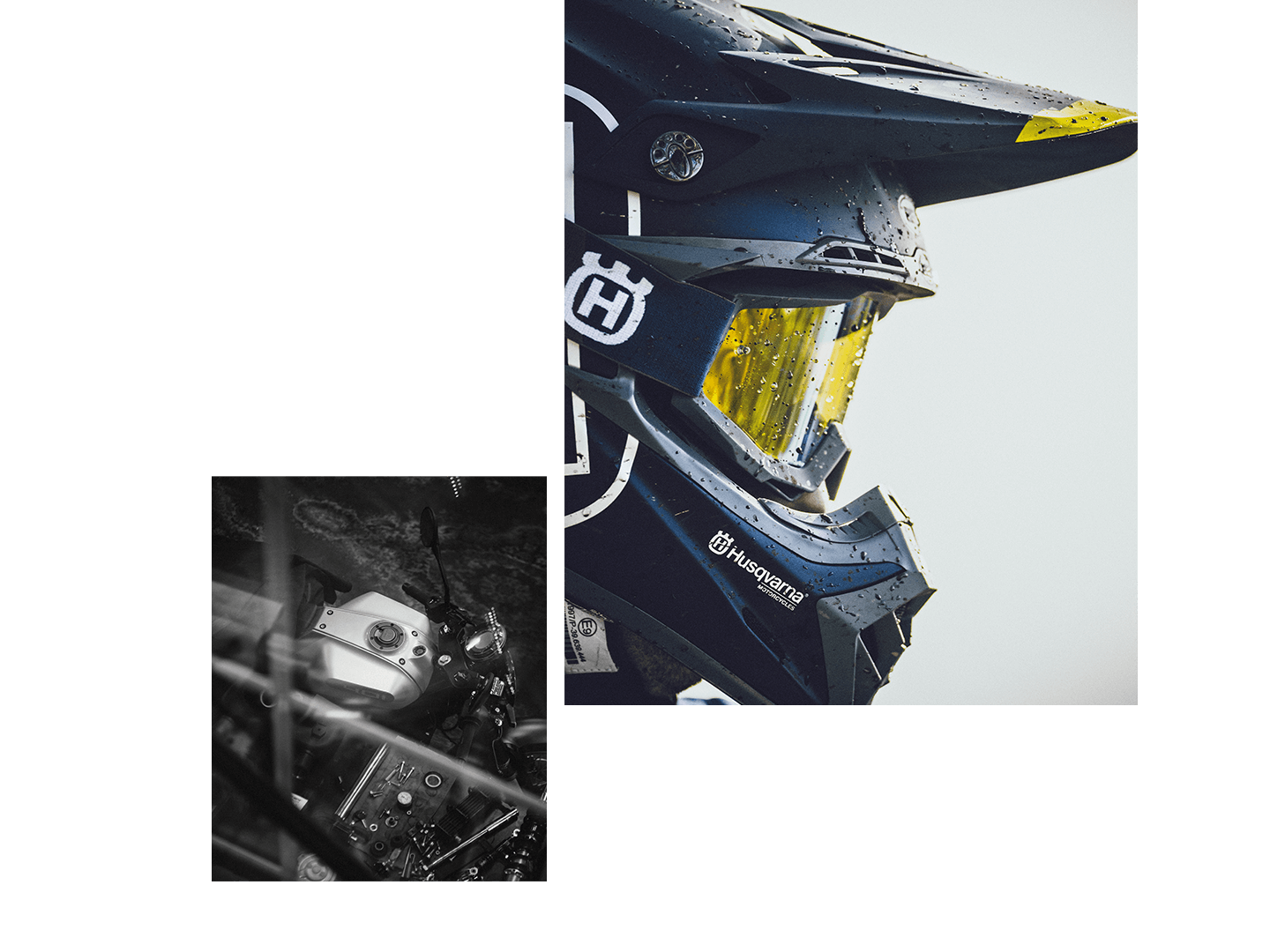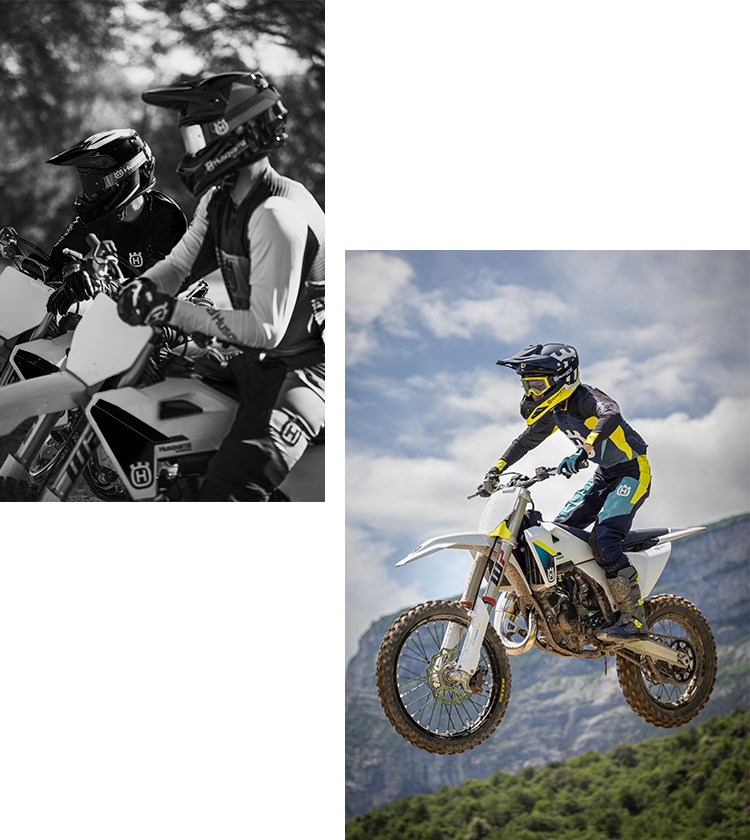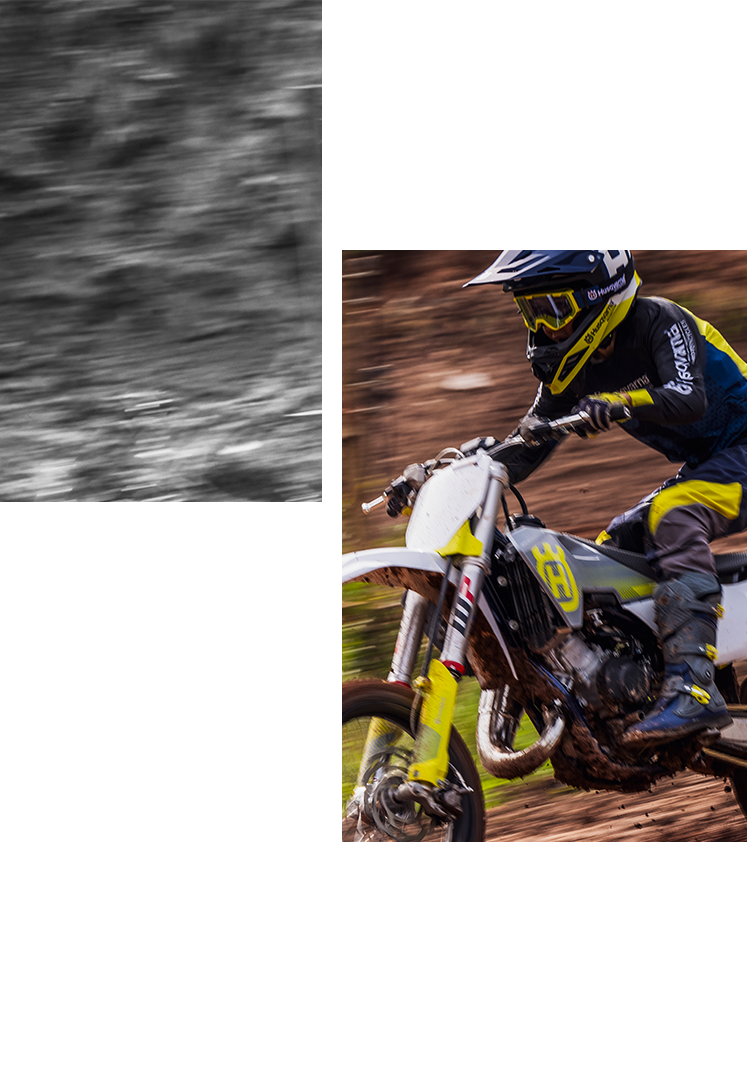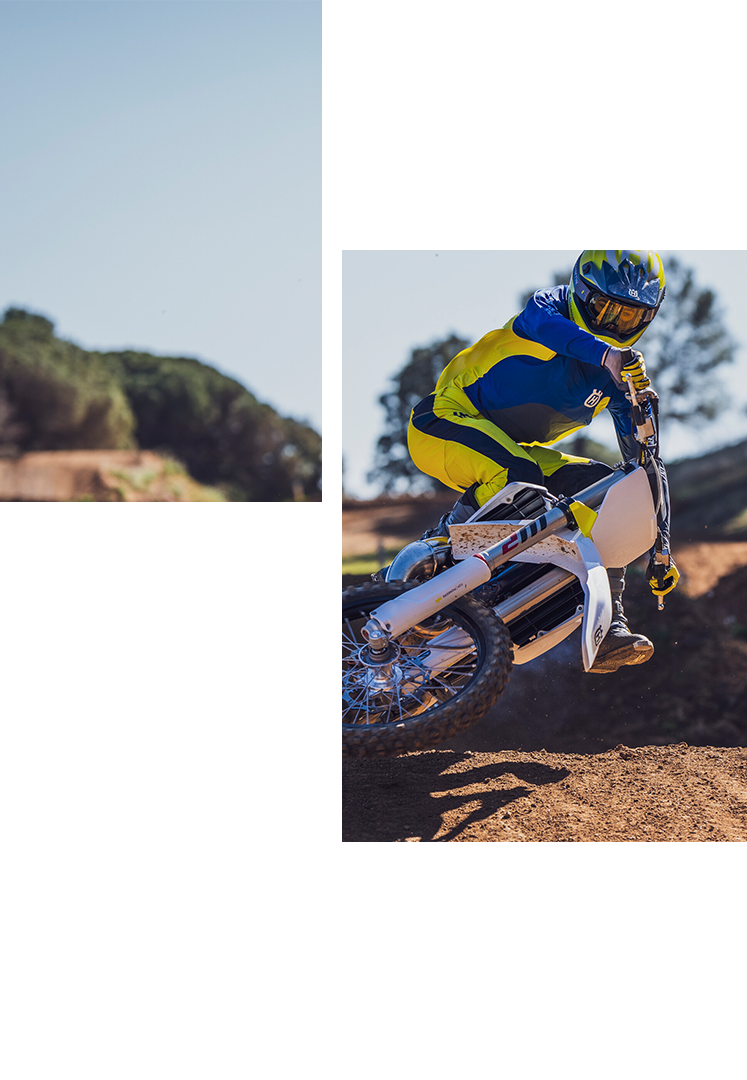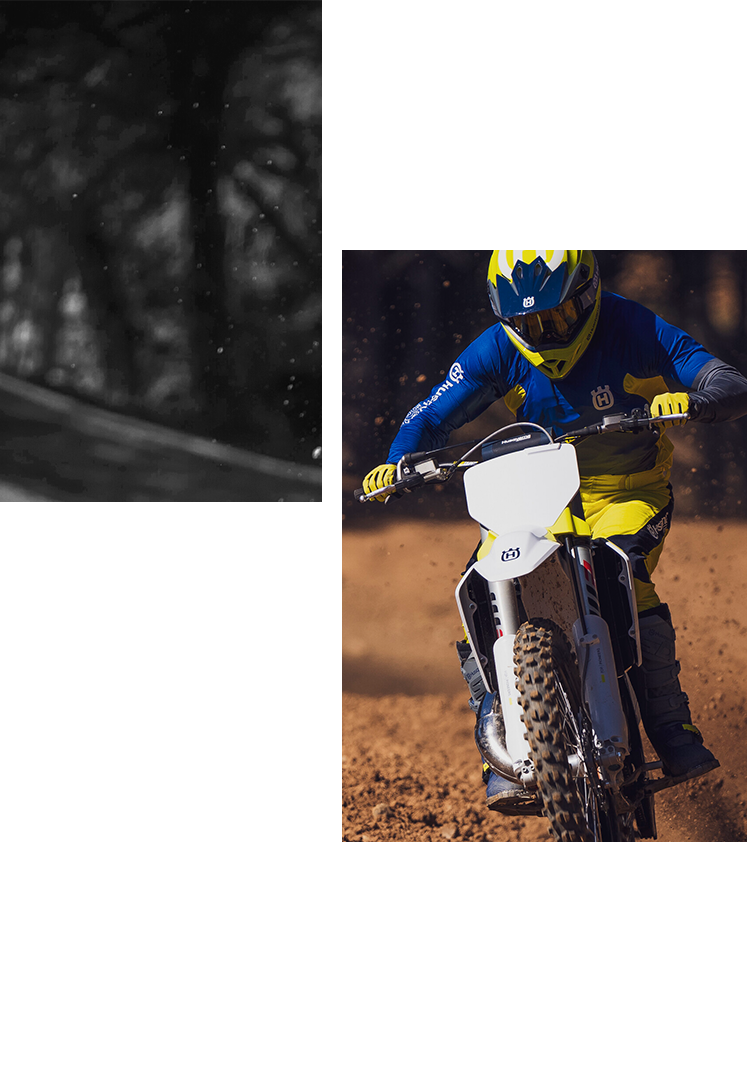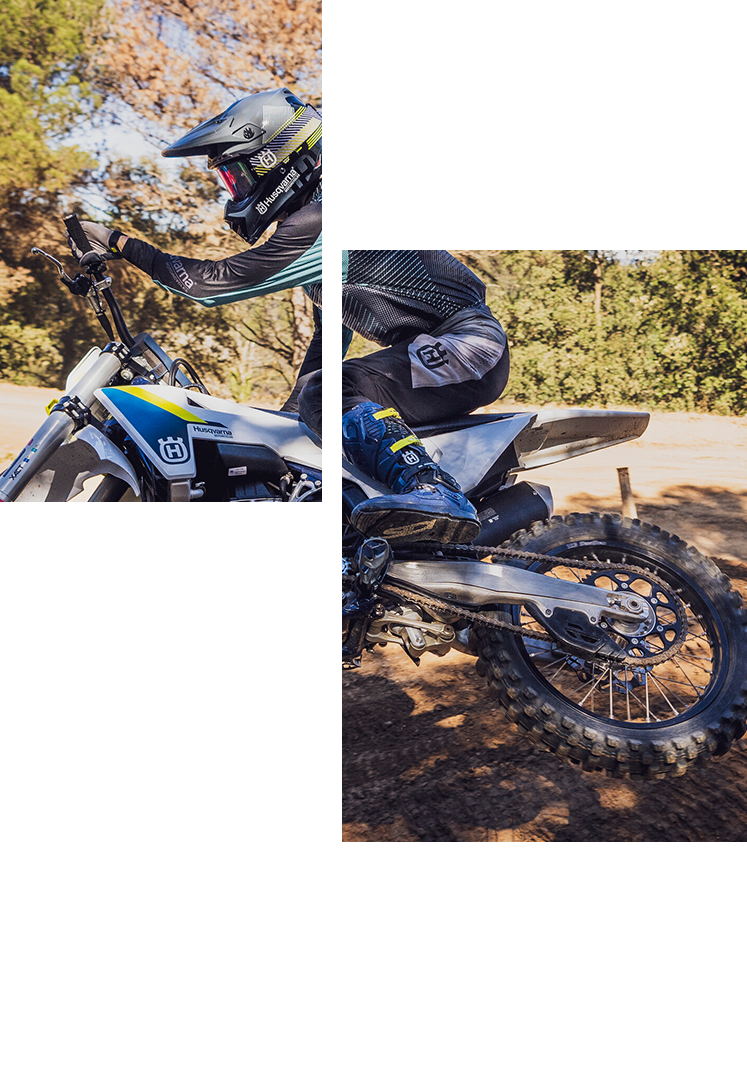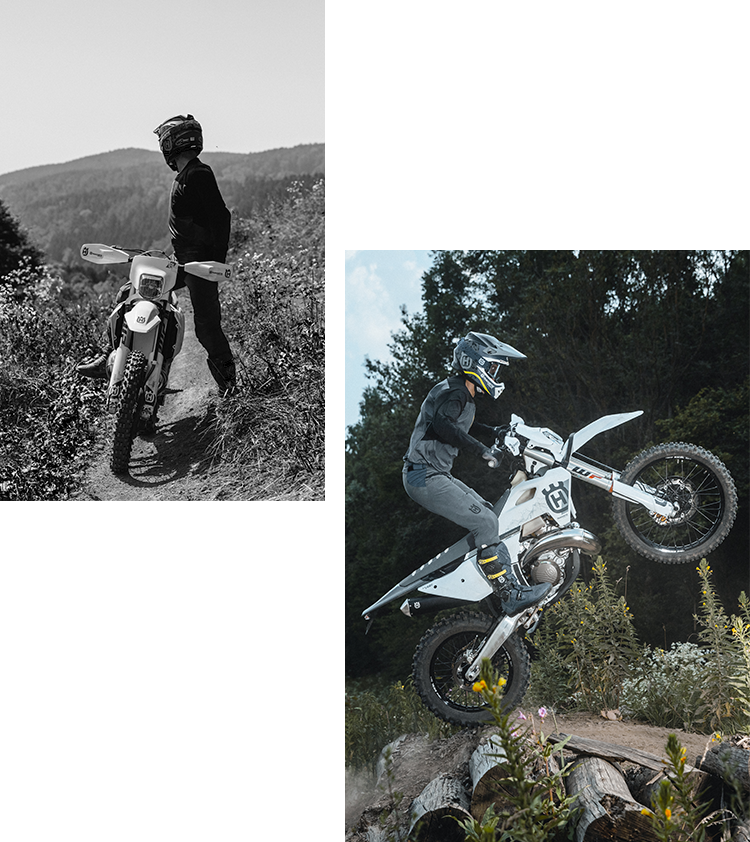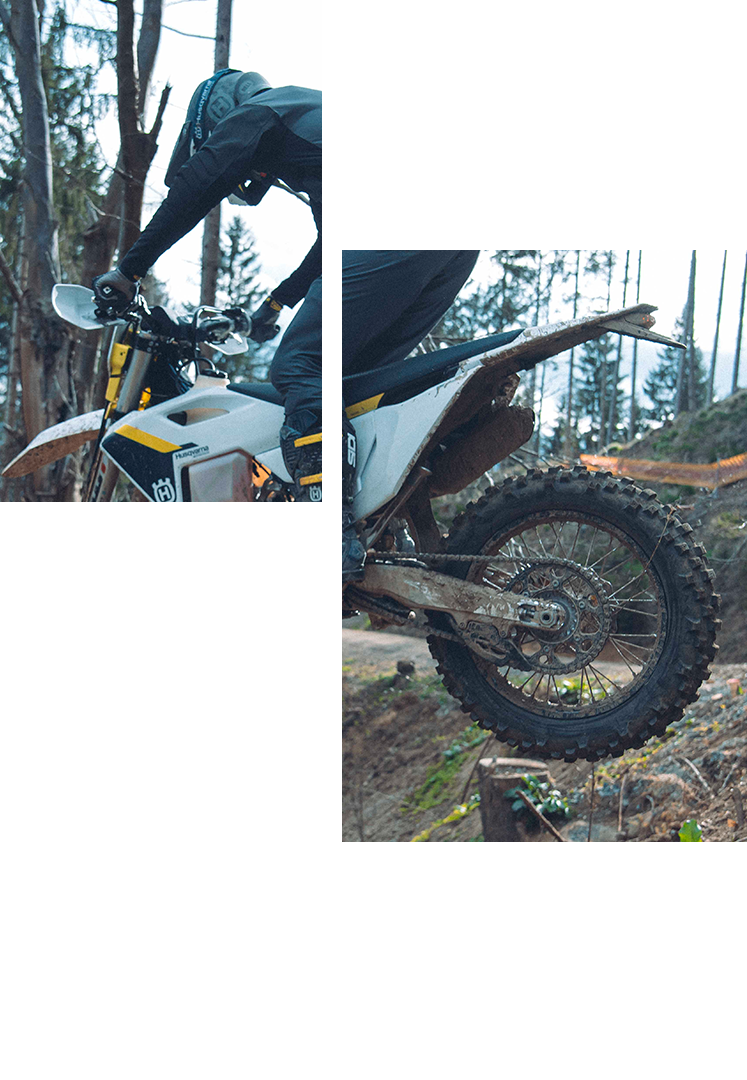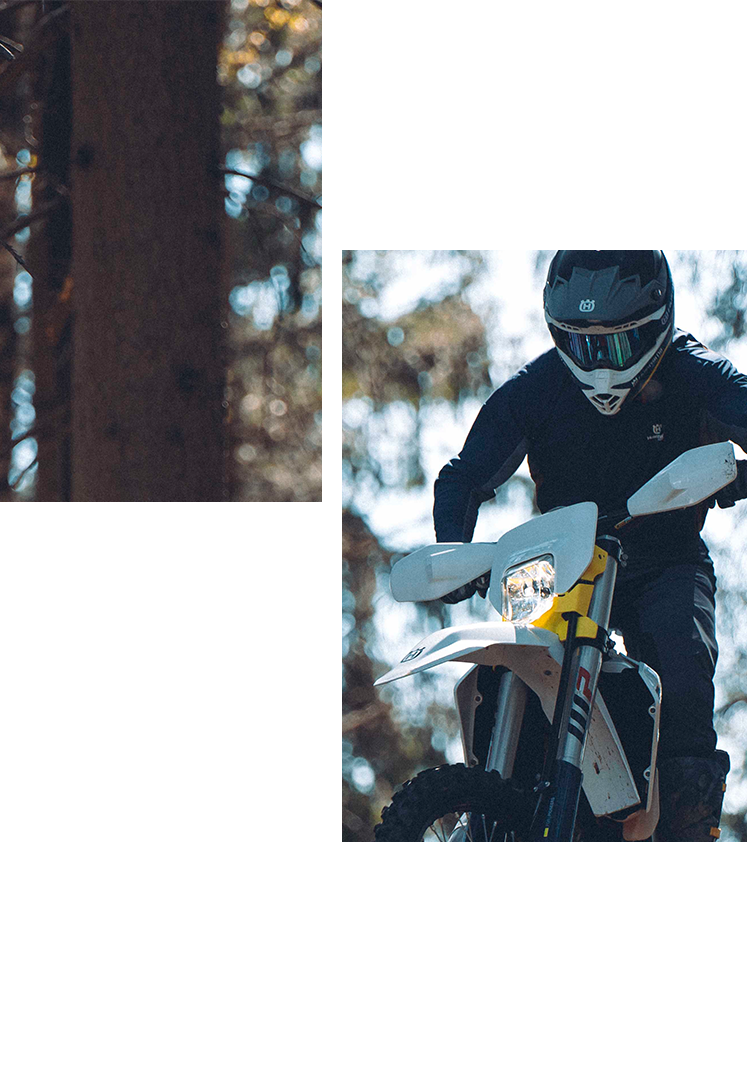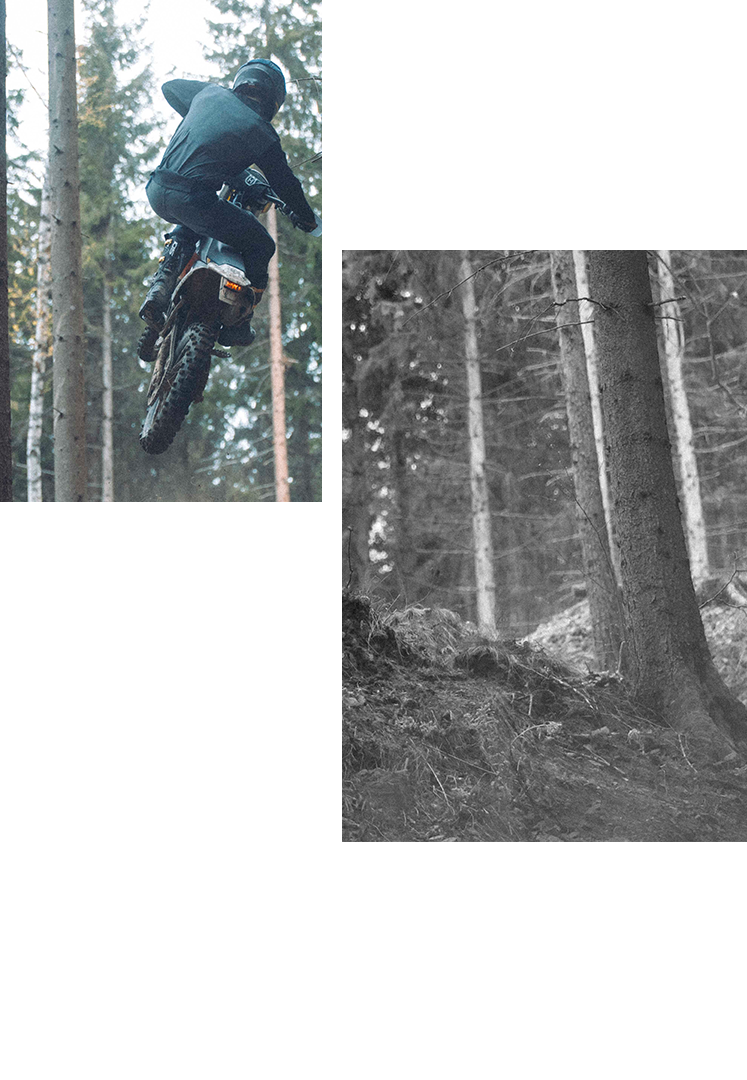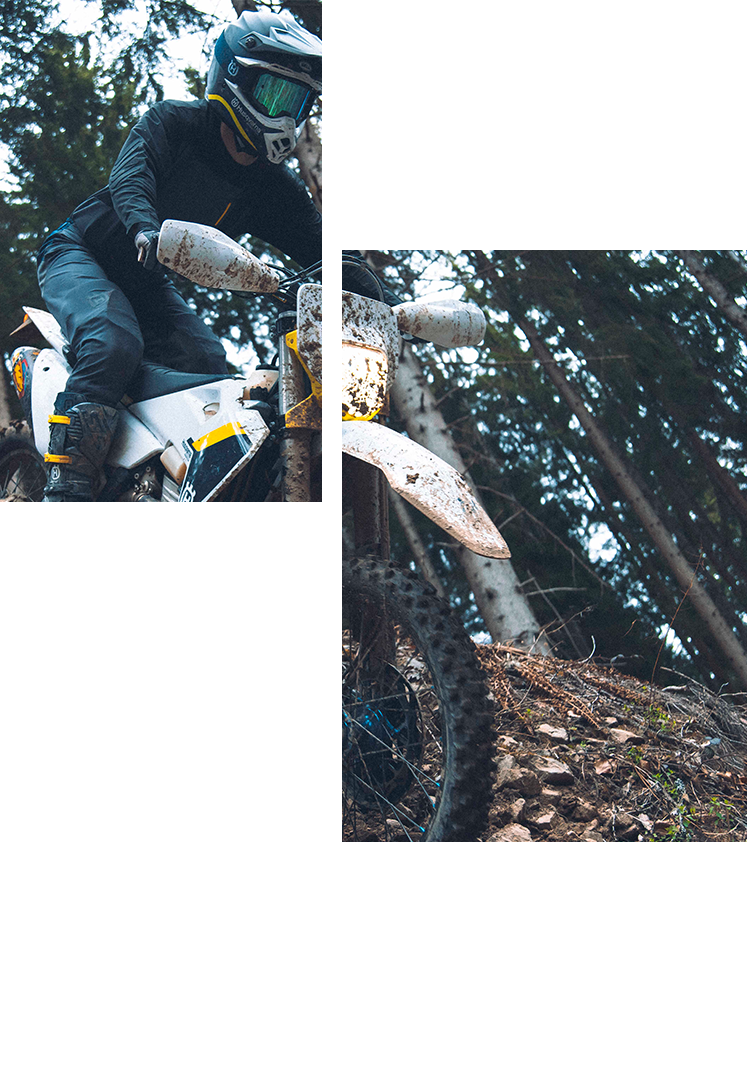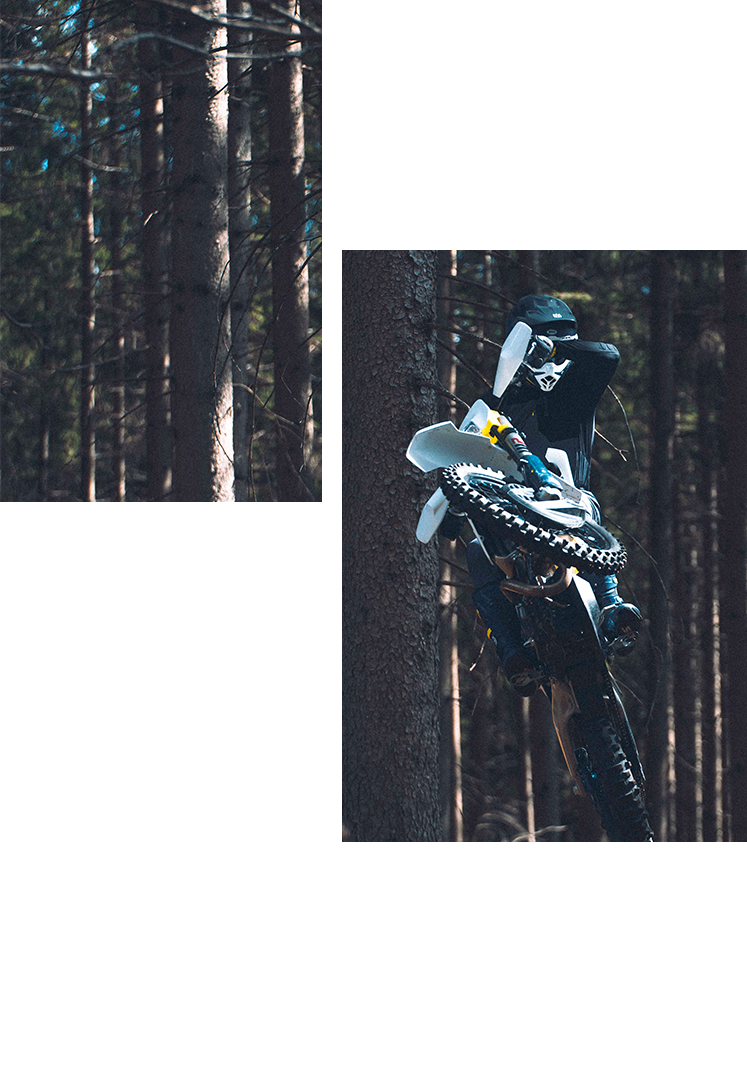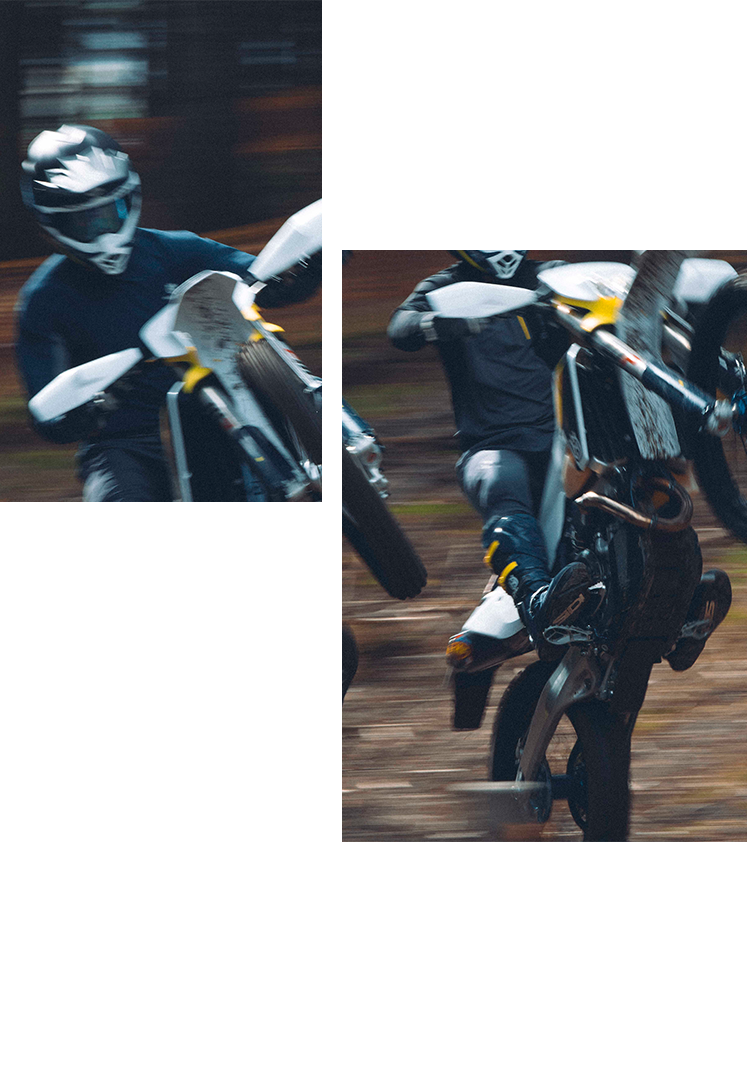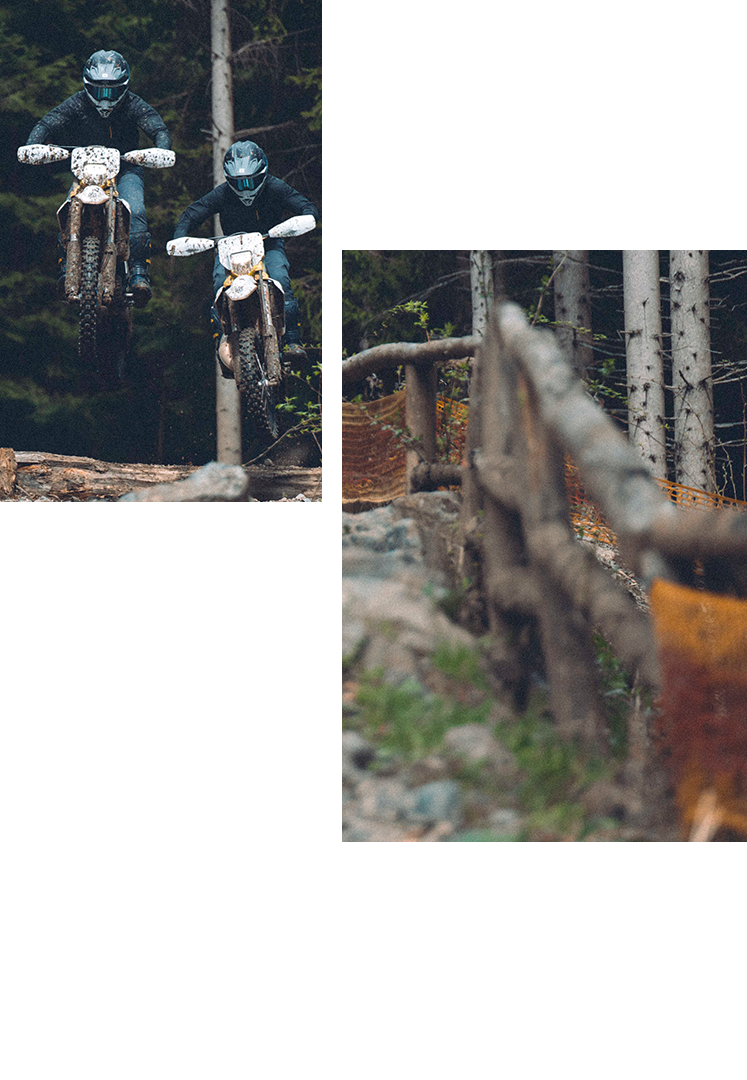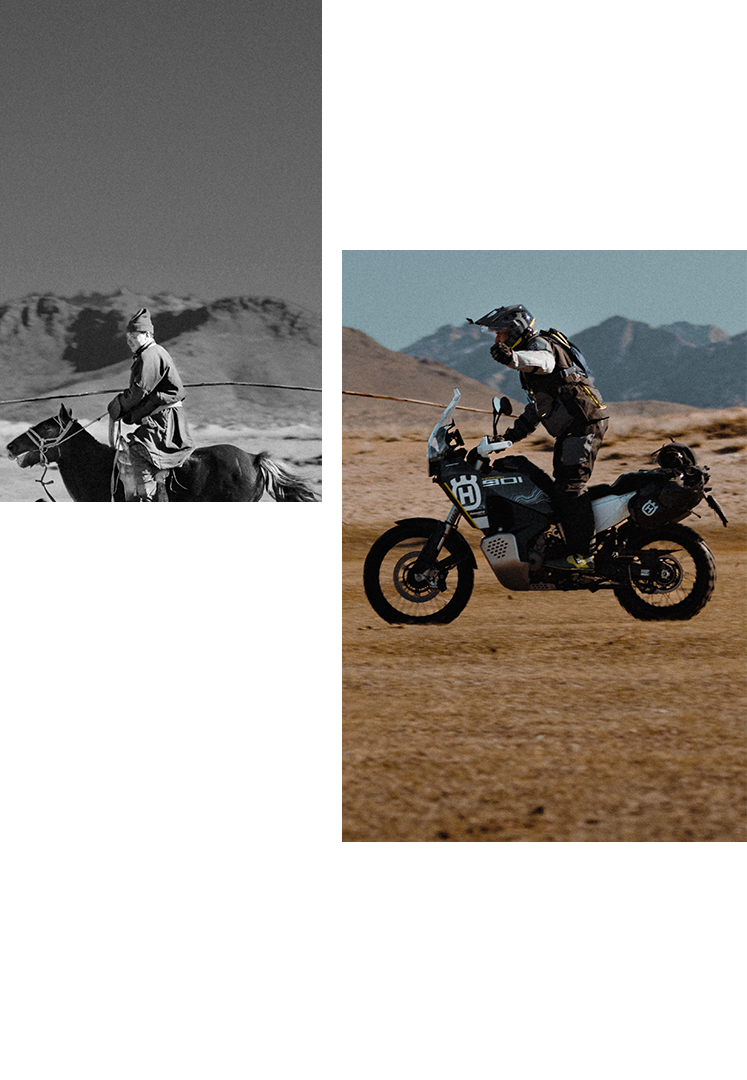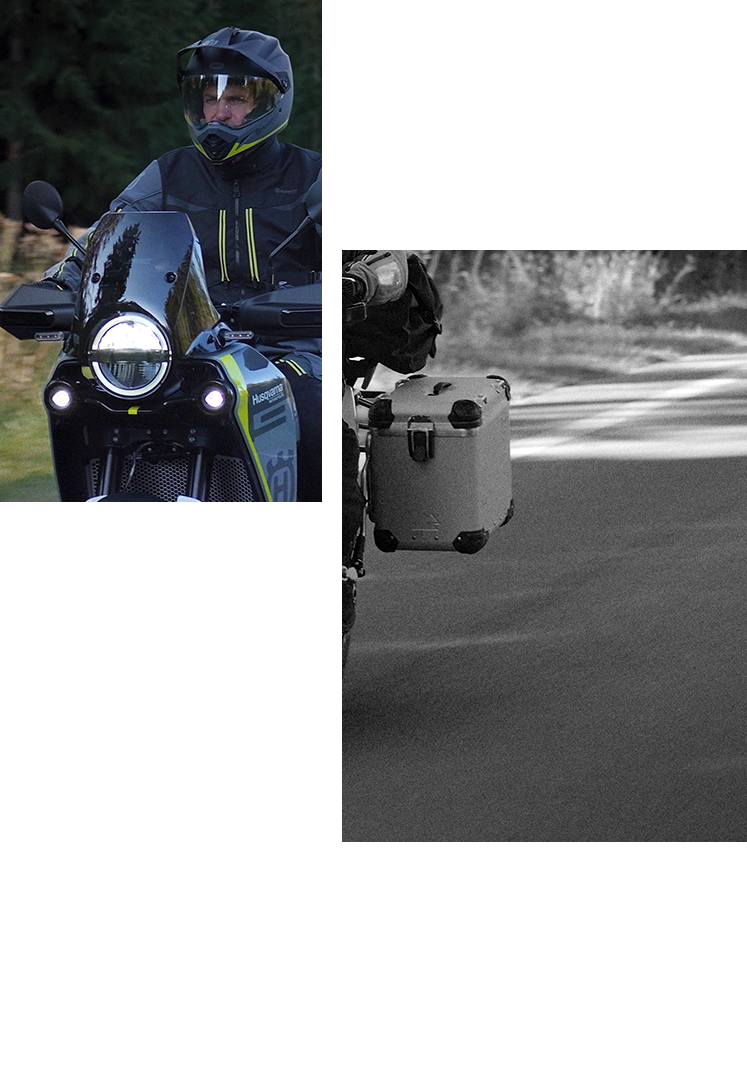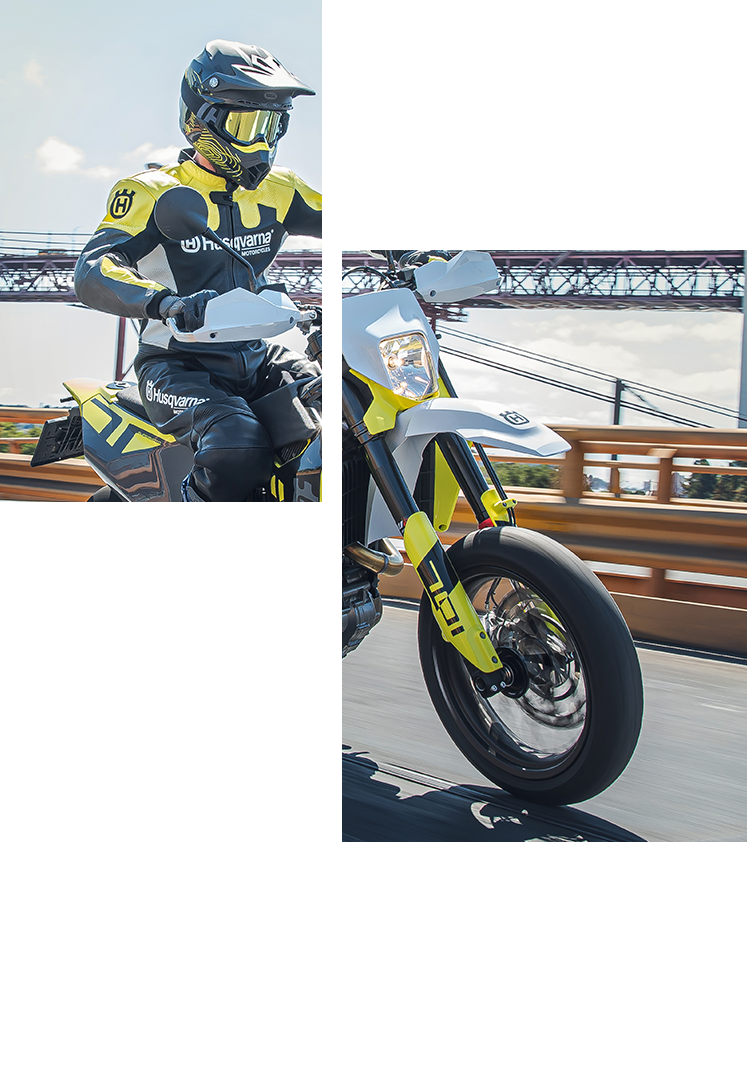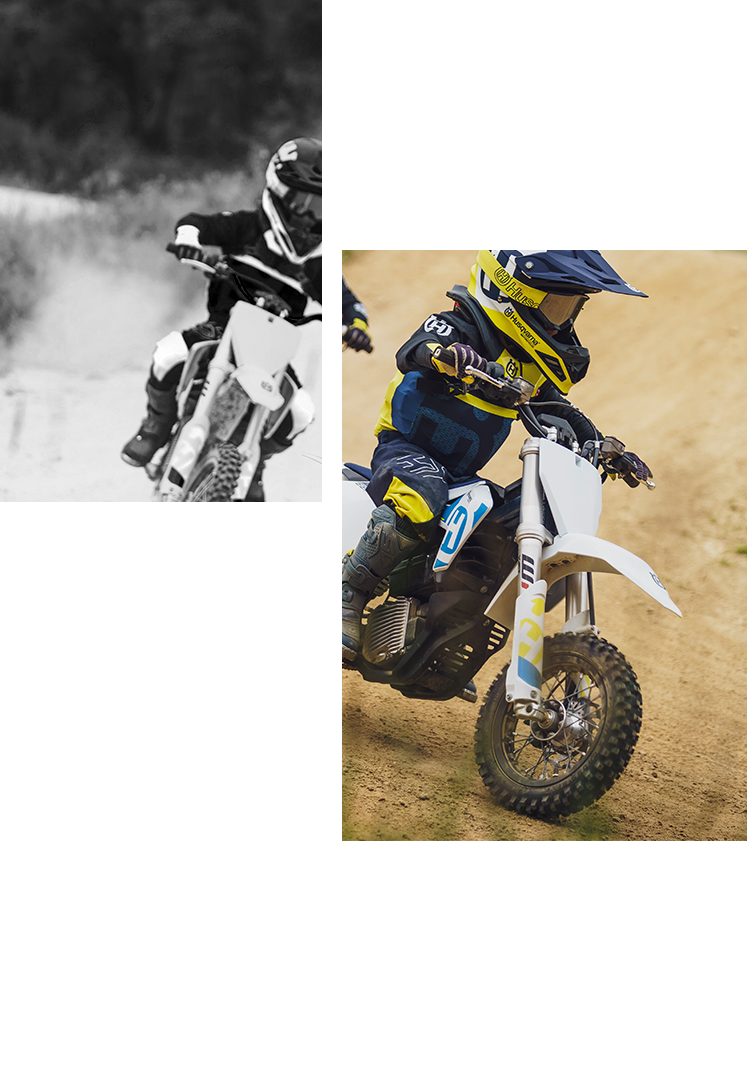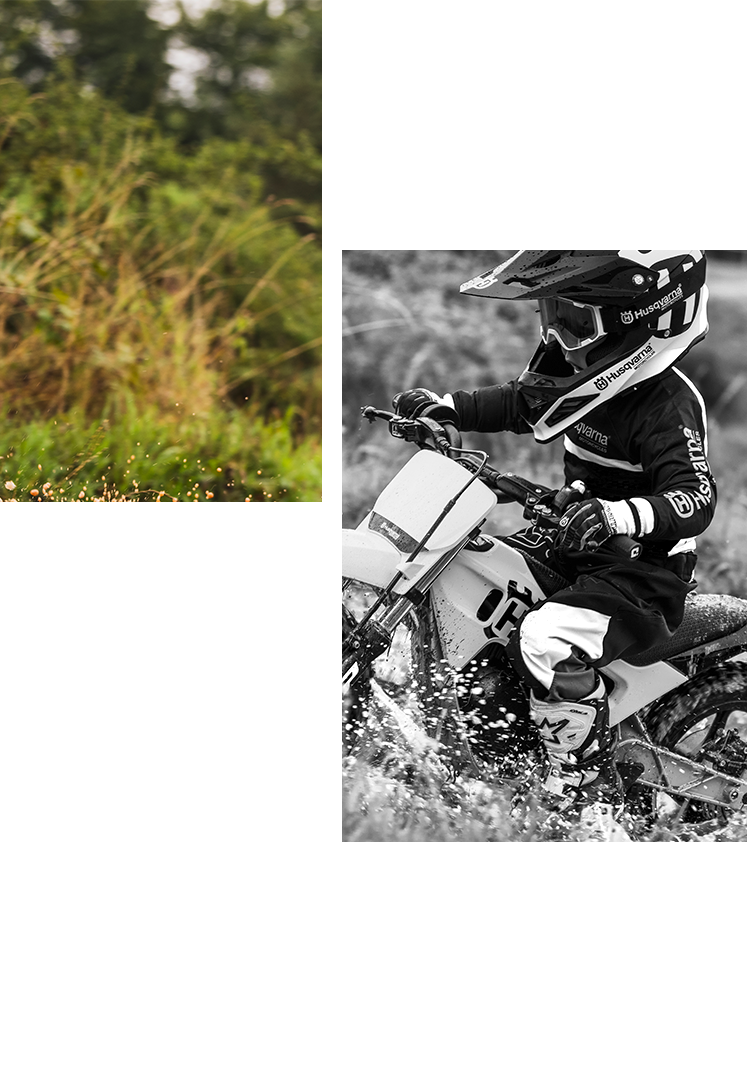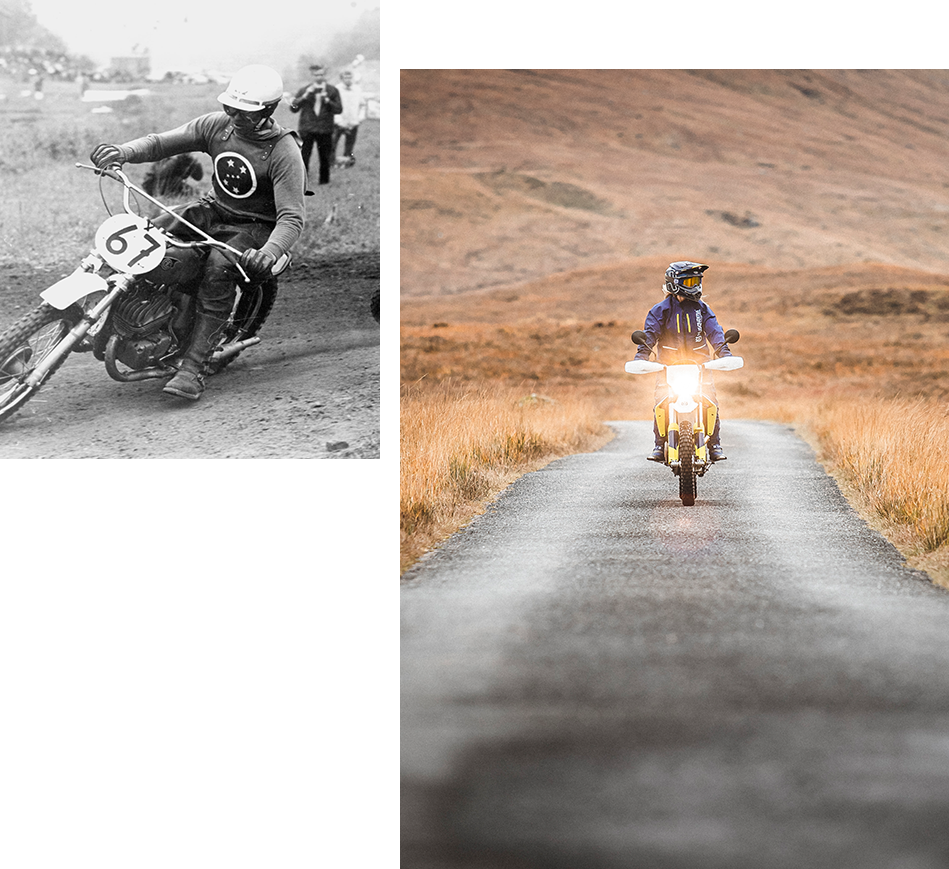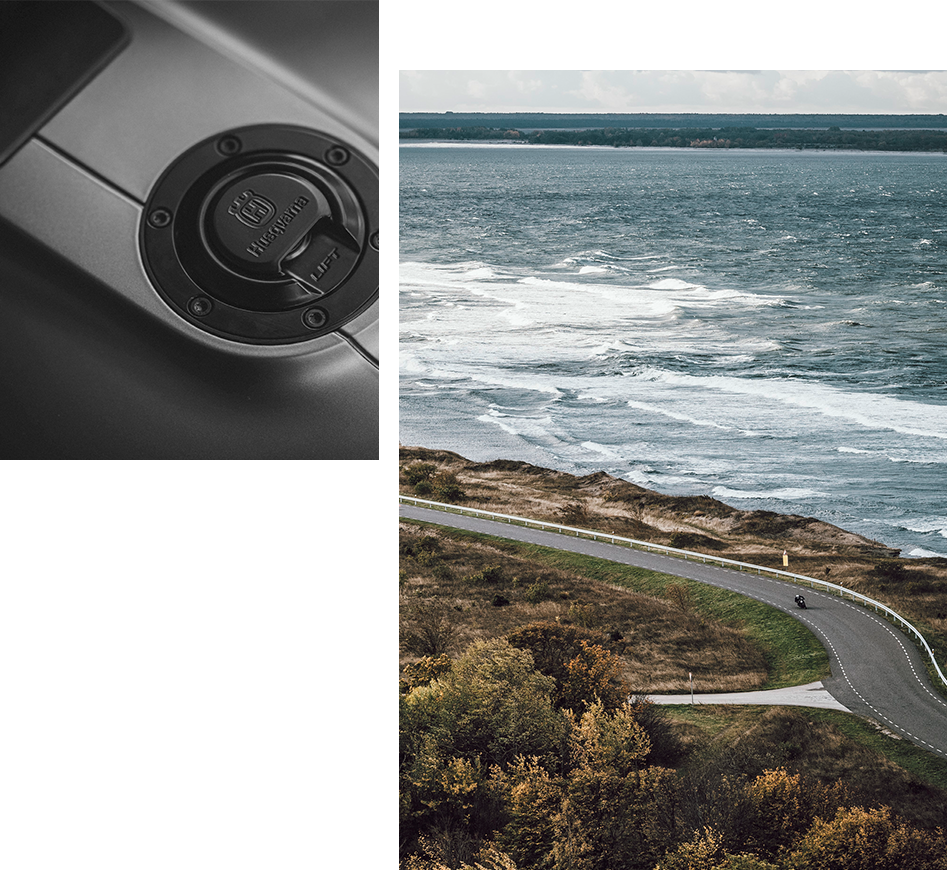Perfect Mechanic
By Kenneth Olausson
After a ten-year enduro and motocross career, Bror Haglund turned things around to become a Husqvarna factory mechanic for some of the world's leading riders. But let's start from the very beginning – back in the old days…
Born in March 1941, Bror (meaning Brother) saw his first race at the age of seven when he went to a 1,000-metre speedway event in 1948.
“I was impressed by the Norwegian, Basse Hveem who had his gear in perfect order, besides being a good rider,” remembers Haglund with a smile on his face. Ten years later Bror Haglund took part in his first race. It was an enduro by the name of ‘Shellkannan’ - the Shell trophy. Unfortunately, Haglund had engine problems and was forced to retire in his debut.
In the same year of 1958, 17-year old Haglund went to work for Tage Nyholm, a well-known engine tuner, based in Stockholm.
“I learnt turning work, lathing camshafts and other machine challenges,” says Haglund. “I did it during my spare time when doing my military service nearby. It gave me an extra income so I was able to buy a decent machine to race with.”
After three years Haglund received an offer to start working as a mechanic for the tuning genius Nils Hedlund, who was responsible for preparing the 500cc Husqvarna factory machines in the 1960s.
“In Nisse's workshop, I was able to enhance my technical knowledge during the six-year period I spent with him in Spanga, outside the Stockholm centre.”
In 1963 our ‘Brother’ rode his first motocross race in Ulriksdal. Haglund had purchased a four-speed 250cc Husqvarna, but he turned out to be a more successful enduro rider than in the saddle of a motocross machine.
In the seasons between 1964 and 1966, Haglund won two gold and one bronze medal in the International Six-Days races. He was also the national champion in the 175cc enduro class, still riding his Husqvarna. To top it off Bror Haglund came third in the national junior championship straddling his motocross bike.
At the age of 28, Bror decided to quit his riding career and went to Huskvarna in order to work fulltime for the Swedish factory. The following season Bror Haglund was given the task of being a works mechanic for Bengt Aberg, who won the world 500cc title for the second year running in 1970.
“I also helped Aberg's rival and teammate Arne Kring during the period from 1970 to 1973. Kring was second to Aberg in the 500-class in 1970,” Haglund tells in a matter-of-fact way. “Don't forget it's the rider who wins the title - not the machinery and certainly not the mechanic.
“Bengt Aberg was a natural with a cruel feeling for balance that was second to none,” Haglund continues. “We were very close during his heydays at the beginning of the 70s.”
Bror "Julle" Haglund has a favourite story from 1972 when Aberg competed in muddy conditions at Sittendorf, Austria.
“It was extremely slippery in the dirt and I couldn't make it uphill in my transporter,” smiles ‘Julle’. “Bengt missed the start, hearing the riders getting away when he was still in the paddock. Bengt caught up with the field lying third when his engine overflowed and stopped in the mud. Otherwise he would have won this moto.”
His longest trip came during 1972 when Haglund spent four months abroad without visiting home. After the European season ‘Julle’ went to the United States and then on all the way to Australia before returning.
“At least Bengt Aberg and I came back in time to celebrate Christmas with our families.”
In 1975 Bror Haglund received a new challenge working for the up-and-coming American Brad Lackey, the former "hippie from Berkeley", who had set his sights on the championship throne.
“Brad was a decent guy with many good assets, told ‘Julle’. “He was not only a fantastic rider, but also a dear friend who was true to his word. But the season became extended, of course, as Brad not only raced in Europe, but also contended back home in the U.S. This fact made me travel a few miles extra, but I enjoyed seeing the Grand Canyon and do other sightseeing trips cross the Atlantic.”
A memorable race was held in New Orleans where ‘Julle’ was told to be quick packing up after the races.
“Oh, we have mosquitos back home as well, I told the Southern folks, but it turned out they were right. The place was swarmed with biting mosquitos which invaded the place during the late afternoon. Fortunately, I listened and was quick to leave.”
By the end of 1976, Brad left Husqvarna for a competing company. Bror Haglund was offered a place in the new team, but immediately turned it down. He had dedicated his life to the Swedish Arms factory and he was not about to give up this relationship any time soon.
“I did not trust the Japanese guys then,” he says. “Besides I had been brought up with Husqvarna and wasn't about to leave the town of Huskvarna, at least not at that moment.”
Haglund did another three seasons as a factory mechanic before leaving the motocross world behind. Instead, he went back to working with shock absorbers in Sweden, settling down in Stockholm.
“During my years of travelling around the globe I found the races way back then being as hard as they are today,” ‘Julle’ tells us. “The difference is money, which tends to spoil the sport. People nowadays race to get rich - not because they love the game. Besides, no one blamed the mechanic for failures back in the old days. That's often not the case these days unfortunately”
Bror Haglund has been to most places and seen the sights of this globe. All in all, he reckons he did at least sixty laps around the world.
“It has been a tremendous life being able to work with the best Husqvarna riders of all time. But I can't retire yet. I get frustrated being at home, says the 76-year-old who is still working with a lathing machine.
“I can rest when I get old.” Laughs Bror.
